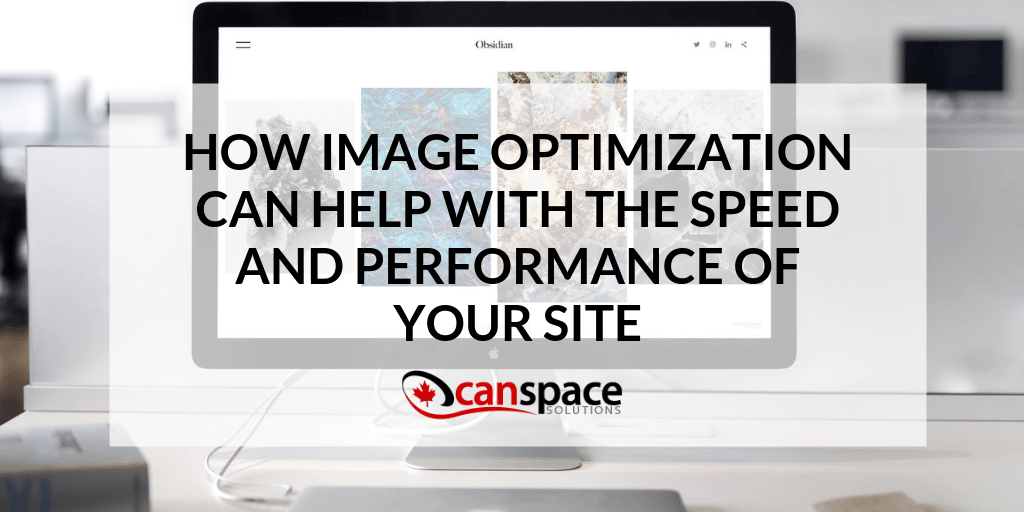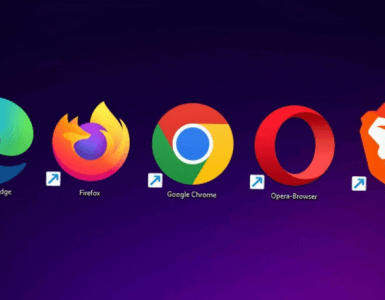At CanSpace we are obsessed with making sure our client’s websites load as fast as possible If you’re like most website owners, you pay attention to the images on your website insofar as you want them to look great, and that’s pretty much it. However, most websites feature enough images that the handling of these tangibly affects website performance. That’s where image optimization comes in—with a little extra work, you can ensure that your website is performing as well as it could be even if it does feature a lot of images.

Just how much of an impact do images have on site speed? By one measure, images comprise 21% of the average website’s “load”. In fact, the only thing using more bandwidth than images was video, and not every website features video anyway. Finally, optimized images will lead to better website performance, which in turn has been linked to improved search rankings.
Image optimization begins with a tradeoff: there is a positive relationship between image quality and the file size of the image. The higher the quality, the larger the file size. What you want to aim for with optimization is the lowest possible file size that still offers acceptable quality for your site.
When it comes to image formats, here’s what you need to know:
JPEG – can be either lossy and lossless. The user can adjust the quality level to strike a balance between image quality and file size.
PNG – known as a format for higher quality images (which leads to a larger file size).
GIF – the best choice for animated images, it only uses lossless compression and only uses 256 colors.
Which one should you go with? Because JPEGs give you extra control over the quality/file size dimension, they’re the best to use for large images with lots of detail. If you feature smaller images on your site, it matters less which format you go with.
File size and image quality aside, there are also other things you should be doing as a matter of course to optimize your images.
For one, name your images descriptively. Too many website owners name their images with just a number or a jumble of numbers and letters. Images that have real names can be found on the very popular image search, and this could create a whole new source of traffic for your site. Having descriptive names and alt attributes also helps with the SEO of your site, and it helps accessibility because those that are not able to see your images can then understand what is depicted in the image.
Thankfully, there are many tools that can help you optimize the images on your site. Here are just a few to check out:










